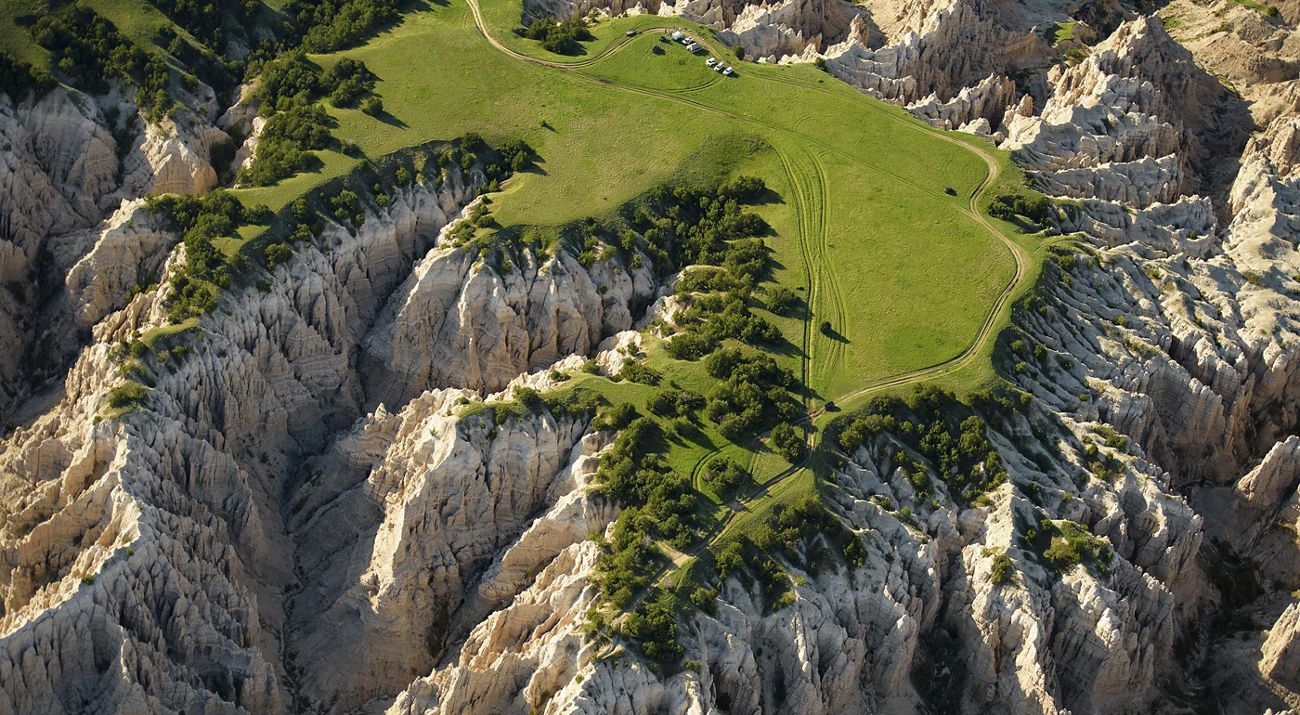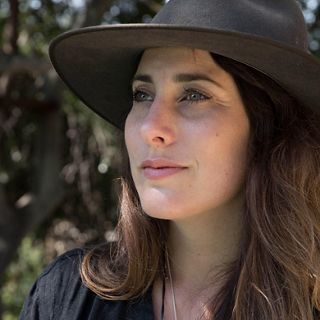World Biodiversity Day: Upgraded MARXAN Platform Changes the Nature of Conservation Planning
Collaboration provides open-source spatial planning platform designed to map and inform conservation decisions around the world.
As the world comes together to mark World Biodiversity Day in a make-or-break year for environmental progress, global conservation non-profit The Nature Conservancy (TNC) and Microsoft, alongside collaborators from the European Commission’s Joint Research Centre and the University of Queensland, have today launched the world’s first cloud-hosted, free, and open–source spatial conservation planning platform designed to map and inform conservation decisions around the world.
The partnerships bring together the world’s most impactful spatial planning tool, Marxan, with the tech pioneers at Microsoft to offer the Marxan Planning Platform as a flagship application of the Planetary Computer – Microsoft's comprehensive compendium of international ecosystem data.
“At a time where spatial planning takes center stage in global negotiations for the next decade of conservation, we need a plan. A plan that brings together data and knowledge from around the world, engaging people where they live to decide what conservation action to take, when and where. A plan that helps us understand where we need networks of protected areas, where to secure community managed areas for food security and of course where and how to identify priority places for restoration, sustainable use, nature-based solutions, and plan for the clean energy transition,” said Dr. Jennifer McGowan from The Nature Conservancy, who directs the partnership.
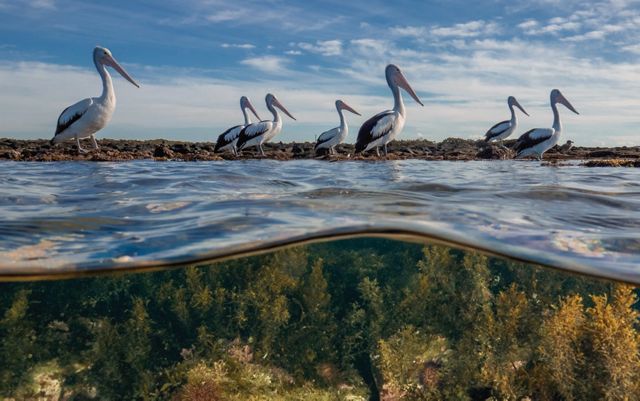
Marxan was originally developed as an open-source spatial planning software that uses data to help conservationists make smarter decisions about the designation of protected areas. It uses mathematics, economics, and ecology to analyze spatial data and identify cost-efficient priority areas for conservation action. Following its original launch in the early 2000s, Marxan quickly became the world’s leading decision-support tool for conservation, assisting governments, scientists and nongovernmental organizations (NGOs) in land and seascape planning across thousands of users in over 100 countries.
“Over time, the demand for Marxan outgrew our ability to service the global community, we needed to scale Marxan, capitalizing on new innovations in computing, data science, and technology- that’s why we partnered to develop this new, first of its kind platform,” added McGowan.
Quote: Lucas Joppa
This platform genuinely helps to integrate cutting-edge conservation science into decision-making.
“Marxan is much more than just software,” notes Lucas Joppa, Chief Environmental Officer at Microsoft. “Unlike the many pre-existing tools that collect and catalogue spatial data, this platform genuinely helps to integrate cutting-edge conservation science into decision-making. It goes far beyond traditional approaches of mapping biodiversity to help stakeholders devise and implement practical, evidence-based conservation plans.”
Marxan technology sits at the heart of transparent planning processes and shapes dialogue between communities, industries, decision-makers, and scientists. With land, freshwater, ocean and natural resources challenged by the growing needs of a globalized society, how we choose to live, and within what constraints, will quickly define the future course of humanity. It also illuminates the trade-offs involved in complex planning choices, ensuring biodiversity has a seat at the table too.
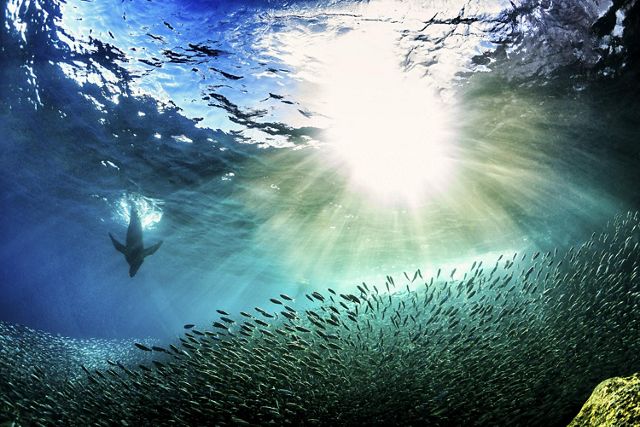
Quote: Jennifer Morris
With these enhancements, Marxan will help us reach more people so that anyone, anywhere, can make smarter decisions for the planet.
“We have overwhelming evidence of the need to address the intertwined climate and nature crises, and tools like Marxan, which provide free and open-source spatial conservation planning, are critical to convincing governments, communities and corporate partners to act. Demonstrating the distribution of biodiversity, human activities, traditional land uses and socio-economic data and knowing what and where to conserve is vital. With these enhancements, Marxan will help us reach more people so that anyone, anywhere, can make smarter decisions for the planet,” said Jennifer Morris, CEO of The Nature Conservancy.
As momentum grows behind initiatives like 30x30, which aims to secure formal protection for 30% of Earth’s lands, freshwater and sea for nature by 2030, tools like Marxan can ensure that conservation science is embedded alongside human values in every decision we take. Marxan has already had huge impact around the world as the engine behind projects like the re-zoning of Australia’s iconic Great Barrier Reef and the planning of Mongolia’s best-in-class network of representative protected areas. The new Marxan Planning Platform is designed to engage a much broader community of users, including decision-makers, stakeholders and technical planners.
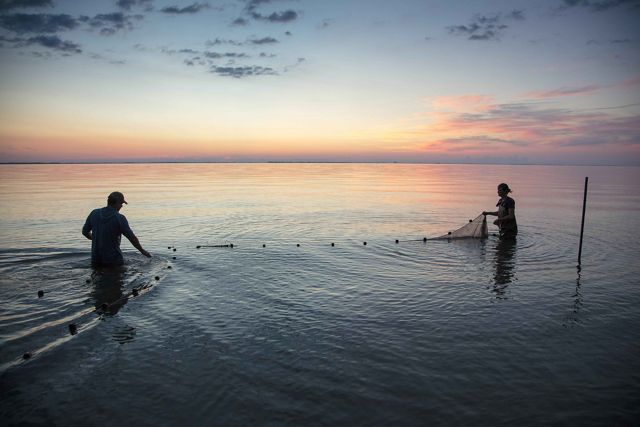
- This means that maps of the distribution of biodiversity, human activities, traditional land uses and socio-economic data can be brought into a common collaborative and shared workspace where stakeholders can be brought into the planning process.
- It includes guided workflow help to visualise, analyze, and evaluate spatial plans for lands, freshwater and ocean conservation, ensuring any future development goals can be achieved with the lowest impact on people and local economies.
- With state- of- the- art design from Vizzuality, and improved speed and efficiency from Microsoft’s Quantum Team, plans can be changed and updated in real time, informed by diverse stakeholders, and securely stored for future use.
- Users can engage with the global Marxan community by publishing their maps, exploring curated use-cases, and learning best practices for systematic conservation planning designed by world-leading experts.
To learn more about Marxan, visit marxansolutions.org

Subscribe for More Insights
This article is the first in a two-part series on technology and innovation that ran in the March 2021 issue of the Global Insights newsletter. Subscribe here to get part two and other exclusive insights like these straight to your inbox.
